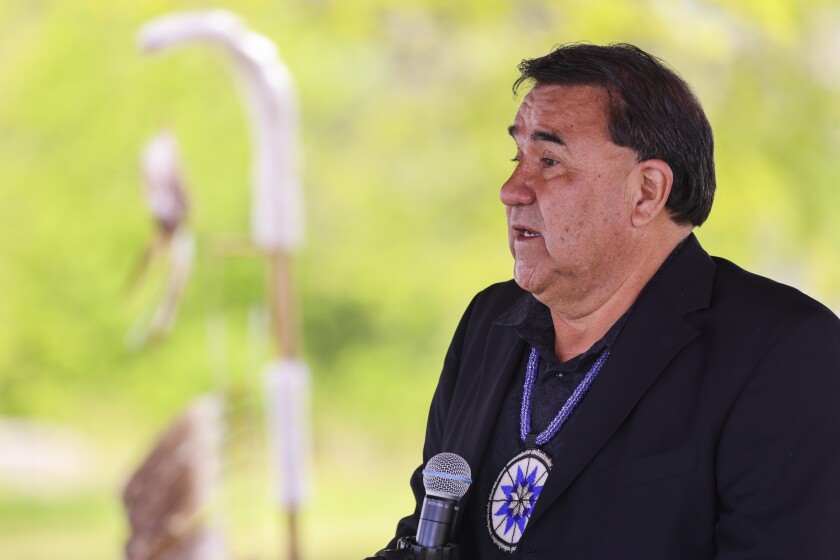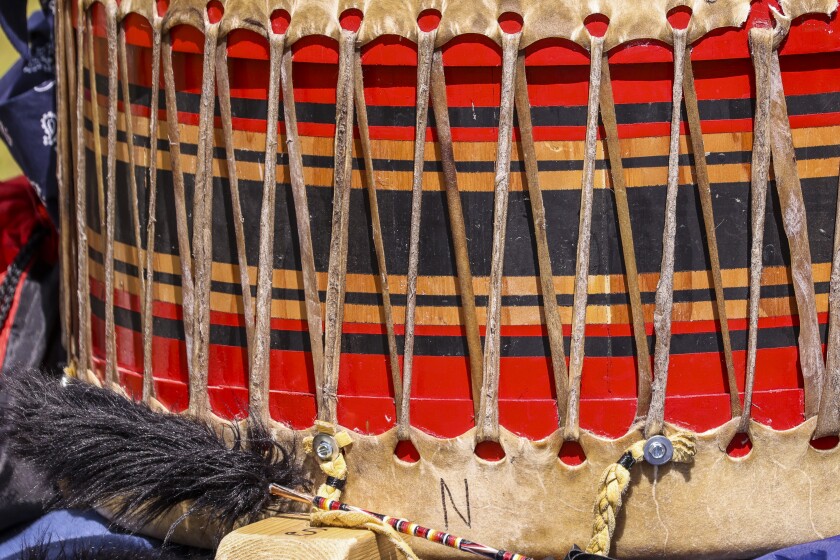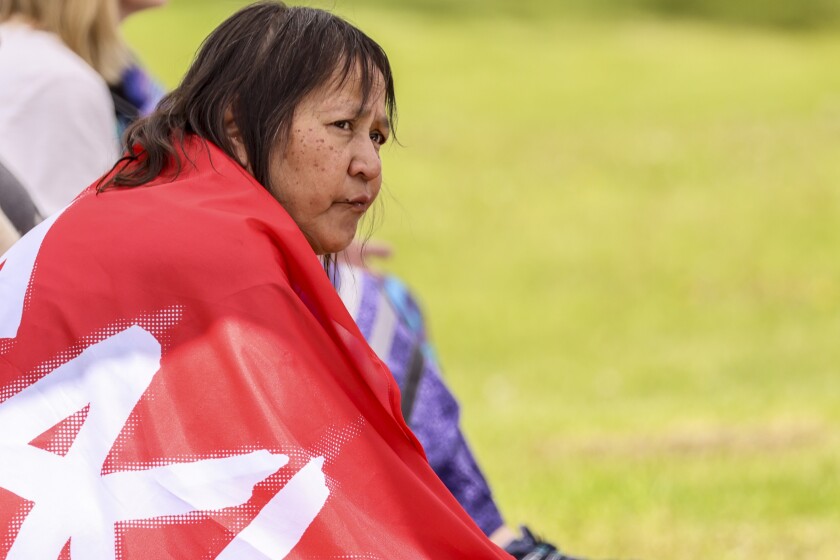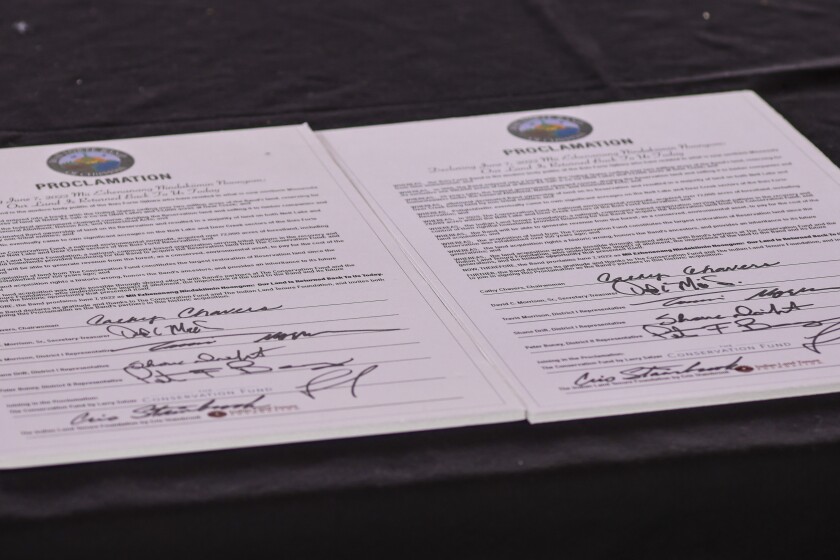NETT LAKE, Minn. — Amid dignitaries and a picturesque lakeside setting Tuesday, Toni Wakemup let out a “whoop!” that could have been heard across Nett Lake.
The Bois Forte Band of Chippewa was celebrating the return of 28,000 acres to its reservation land, and Wakemup was pleased.
ADVERTISEMENT
“I’m feeling really good,” said Wakemup, 47, one of roughly 100 residents and band members in the crowd. “We have very little land base, and getting 28,000 acres back is important for our people. It gives us more area for hunting, blueberry picking and getting our traditional medicines.”
The Bois Forte Band of Chippewa held a ceremony and luncheon to celebrate and explain how the lands were returning to the tribe. It’s been a years-long process involving the band along with The Conservation Fund, based in the state of Virginia, and the Indian Land Tenure Foundation, based in Little Canada, Minnesota.
The 28,089-acre acquisition is broken up into scattered, mostly forested parcels surrounding Nett Lake. The land being returned to Bois Forte is the largest restoration of its kind in state and national history, officials said.

“It’s going to be very historical for our children who are small and learning to hunt, fish and trap,” said Bois Forte Reservation Tribal Council Member David Morrison Sr.
His sentiment was echoed throughout the ceremony.
“We are making history,” added Bois Forte Chairwoman Cathy Chavers. “We are proud to be here today to bring this back to our people — our ancestors are looking down upon us and they are very happy, because that land is now coming back.”
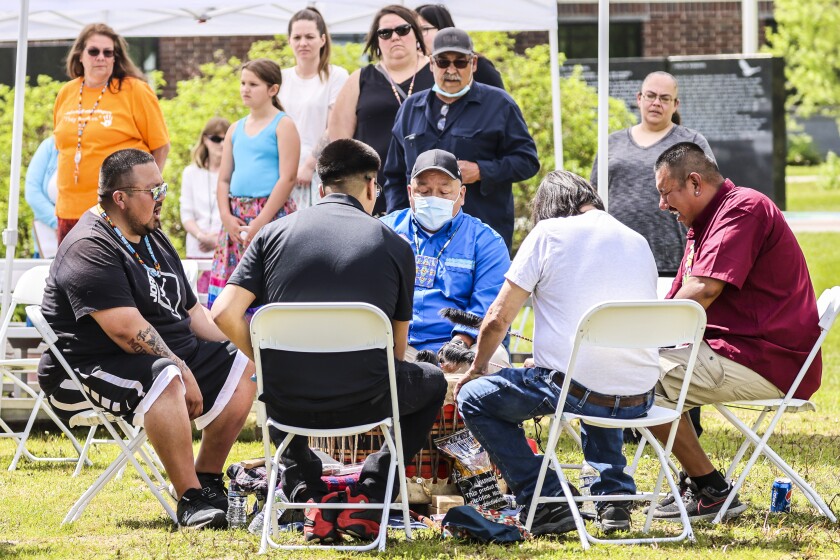
Chavers explained how the reservation land had been lost to the tribe during past generations. By virtue of federal legislation, non-Native citizens were granted access to reservation allotments not claimed by tribal members. Logging companies and barons seized the opportunity, bargaining and trading for reservation lands — breaking up reservations into what Chavers described as a “checkerboard.”
ADVERTISEMENT
“When we hear about reservations today, a lot of that land is not our land,” Chavers explained to the crowd.
The Bois Forte band includes 3,500 members and it had planned itself to start buying back land lost to allotments and logging companies. The plan was to bring back 100-acre parcels at a time.
“We were looking at millions and millions of dollars,” Chavers said.
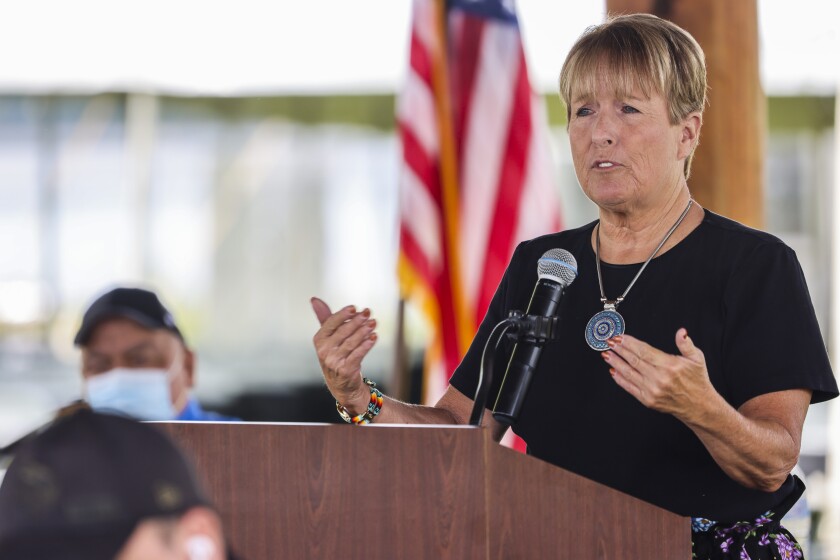
Such an endeavor would have taken decades compared to what was announced in one fell swoop on the shores of Nett Lake.
Instead, The Conservation Fund bought 72,000 acres of Minnesota forest lands for $48 million from PotlatchDeltic Corporation, the forest products and paper mill operator. It’s not being disclosed how much the Bois Forte portion of that acreage costs. The Shakopee Mdewakanton Sioux Community of Minnesota paid $500,000 to close on the property being conveyed to the smaller Bois Forte band.
The amount of land being returned to Bois Forte doesn’t include all of its lost reservation lands, but it makes up 21% of the whole.
“It’s humbling and a historic milestone,” said Larry Selzer, president of The Conservation Fund, while describing the nonprofit's efforts to recapture 1 million acres across 19 states so far, with a goal of 4 million more.
ADVERTISEMENT
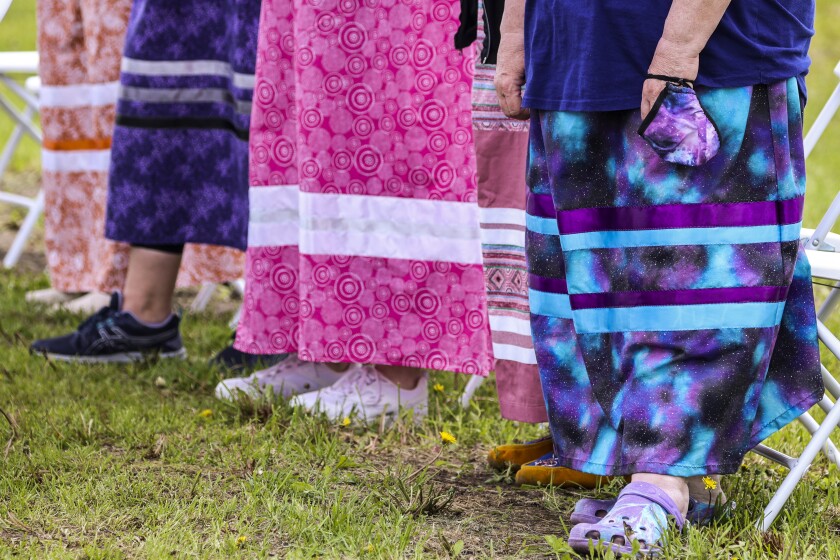
Seltzer said it’s an overall effort to “make sure forests stay as forests, providing clean air to breathe, clean water to drink and habitat for wildlife,” along with recreational and economic opportunities.
“The working forests play an essential role in helping to address climate change,” Seltzer said, with the wild rice habitat of Nett Lake over his shoulder.
Chavers commended all involved for making the land conveyance work without any legislative action.
“We are acquiring 28,000 acres of land that this tribe, our tribe of 3,500 members, does not have to pay a dime for,” Chaver said, to a round of applause.
Kim Berns-Melhus, Minnesota director of The Conservation Fund, explained that the nonprofit group had figured on taking 10 years to convey the 72,000 total acres of land back to its original jurisdictions.
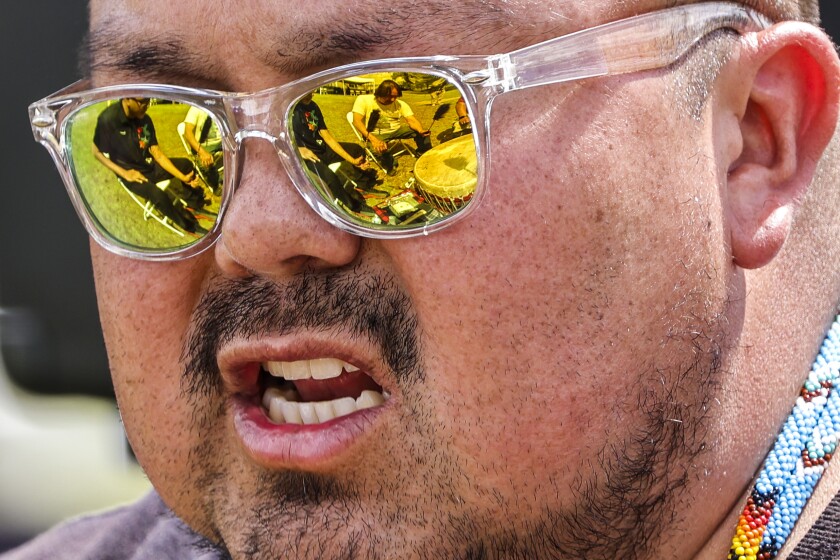
That the Bois Forte effort unfolded more quickly was testament to the parties involved being in agreement, and making it happen.
The remainder of the acreage, some 44,000 acres, is still in the process of being returned.
ADVERTISEMENT
“There’s a lot of private land,” Berns-Melhus said. “But this restores a significant portion of that.”
